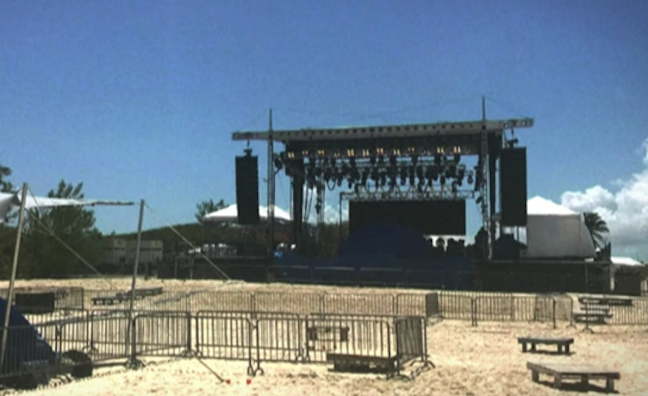Festival season is underway, and it’s already given us one truly unforgettable memory: Fyre Festival. The systemic failure of the event was so apparent it barely required analysis – the picture of a meal made up of a solitary cheese slice draped over a piece of bread was more stinging than barbed commentary ever could be.
And yet, arguably, the widespread dissection of the event and litany of subsequent class action suits has perhaps overshadowed its real fateful flaw: the price.
Fyre Festival was designed to be exclusive: a luxury event held on an island in the Bahamas with tickets costing up to $12,000. Had the event actually gone off without a hitch, you have to wonder how fun it would have been: an elite crowd does not an elite festival make. Events with economic stratification at their heart benefit no one in the long run.
Few teenagers - that most vital, engaged of age groups – could have ponied up the dough for Fyre Festival. Today’s youth cannot rely on the ol’ Saturday job at Woolies to save up cash for a ticket, while university students are saddled with more debt than ever before. Fyre Festival may be an extreme example, but it does offer us the chance to ask the question: are the people who are most essential to a festival’s atmosphere, energy, longevity and utility being left behind?
There is certainly some comfort to be taken in the rise and rise of cost-effective city festivals, especially with 2017 welcoming Glasgow’s TRNSMT to the ranks. Yet, if the industry is to ensure the festival experience - and the diverse and lasting love of live music it can instil - doesn’t skip a generation, attention should be paid. And quickly. This festival season, perhaps we should be as concerned with who isn’t in the crowd as much as who is on the stage.









